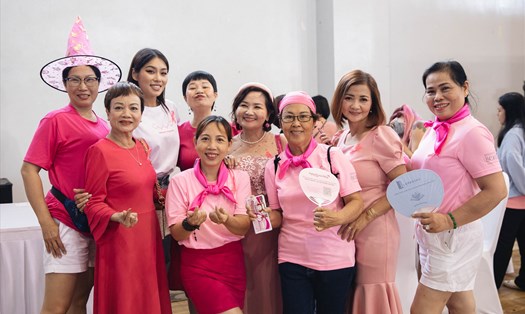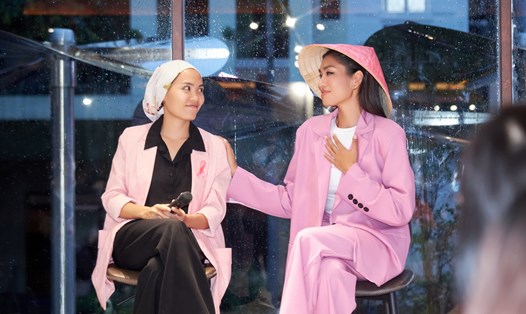The journey to fight cancer
H.A, born in 1991, Hanoi was diagnosed with deformed sternum cancer - a rare form, with unpredictable progress and not meeting standard treatment regimens. Before that, she underwent surgery to remove the entire right breast at another medical facility, combined with aortic photosensity (negative result). In particular, genetic testing showed that she had a BRCA breakthrough a high risk factor for cancer recurrence.
Despite efforts to fight against 16 chemotherapy sessions, the patient was only responding poorly and suffered from many serious side effects such as pneumonia, gastritis, hair loss and prolonged weakness. After only a few months, the tumor recurred rapidly, requiring intensive surgical intervention.
Neonatal surgery
When she was transferred to the Central Hospital for Tropical Diseases, H.A's condition became critical. In just three months, from a minor lesion in the old surgical site, the tumor developed into a giant mass (35x35cm, 1520cm thick), completely deformed the chest area, causing deep necrosis and massive bleeding (50100ml at once). More worryingly, completely exposed frontal ribs, threatening the armpits of the armpits, increasing the risk of sepsis and serious blood loss.
Dr. Duong Manh Chien - plastic and cosmetic surgeon at the Central Hospital for Tropical Diseases, shared: "This is one of the most complicated cases we have ever received. Not only because of the wide and deep damage, but the patient also underwent many long surgeries and chemotherapy, weakening the ability to recover tissue. We were forced to apply two specialized plastic surgery techniques: transferring a wide back muscle with a carrier and a skin transplant to cover the entire affected area.
If not covered in time with raw tissue, the large damaged area can lead to serious infections, exposed blood vessels, and even be life-threatening. This is no longer a normal plastic surgery but a life-saving surgery in the strategy of treating multi-tended cancer, added Dr. Duong Manh Chien.
During the surgery, the doctors used the technique of transferring the wide back muscle - part of the muscle with the blood vessels moving from the back to the front to cover the affected area. Then, a thin layer of skin grafted from the groin is used to recreate the skin's surface. This is a complex process that requires smooth coordination between surgeons, blood flow control and tissue transplantation techniques, to minimize the risk of necrosis and infection and optimize recovery.
If the progress is favorable, the patient can be discharged after 710 days and continue to treat cancer with supportive methods such as chemotherapy, radiotherapy or immunotherapy as prescribed by a specialist.




